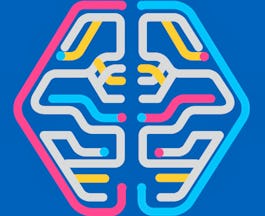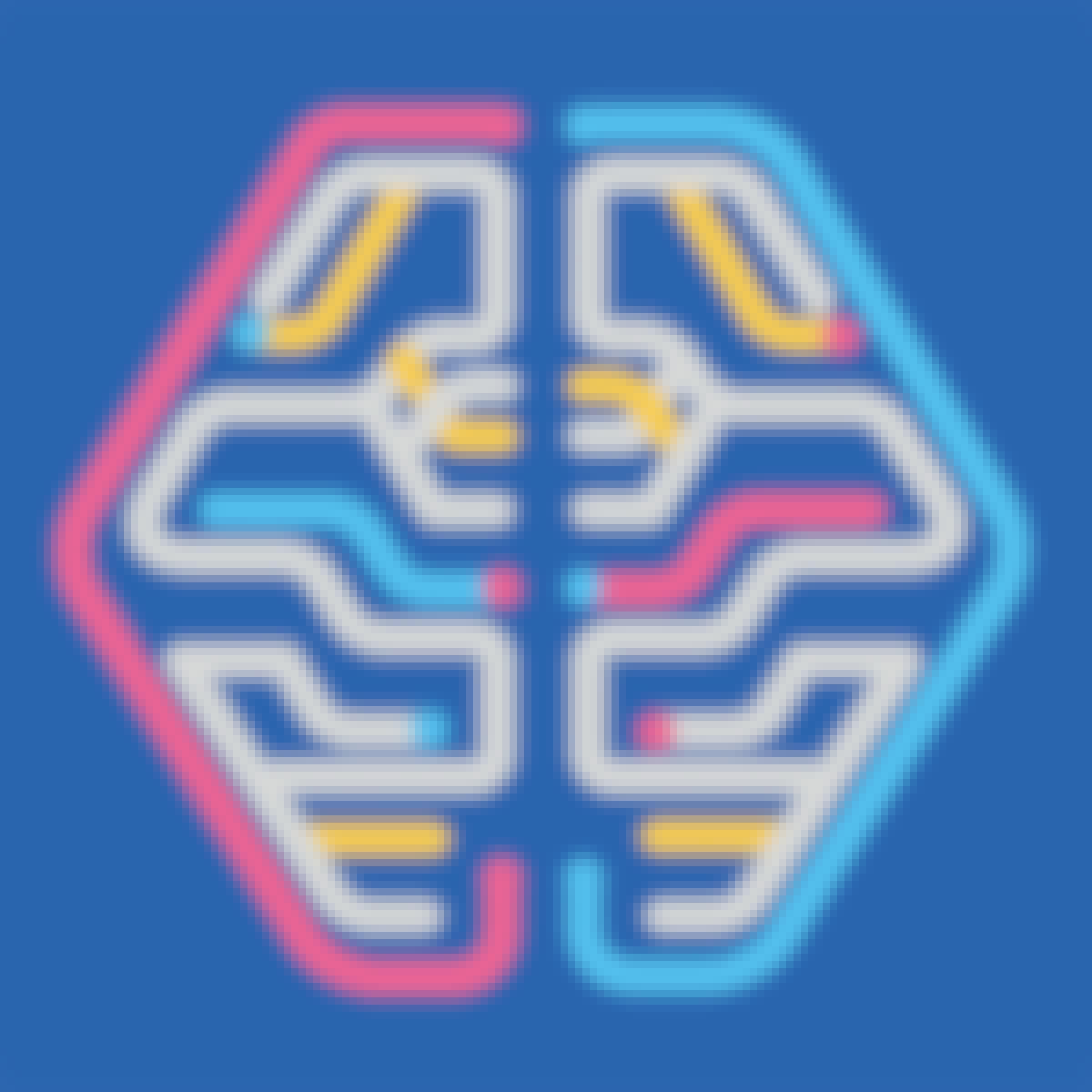Filter by
The language used throughout the course, in both instruction and assessments.
Explore the Keras Course Catalog


Google Cloud
Skills you'll gain: Feature Engineering, Tensorflow, Data Processing, Data Transformation, Keras (Neural Network Library), Data Cleansing, Data Modeling, Machine Learning, Deep Learning, Statistical Methods

Skills you'll gain: Feature Engineering, Tensorflow, Exploratory Data Analysis, Google Cloud Platform, Keras (Neural Network Library), Data Quality, Applied Machine Learning, Data Cleansing, Machine Learning, Data Strategy, MLOps (Machine Learning Operations), Machine Learning Algorithms, Supervised Learning, Artificial Intelligence and Machine Learning (AI/ML), Data Analysis, Deep Learning, Artificial Neural Networks, PyTorch (Machine Learning Library), Data Processing, Data Transformation


Coursera Project Network
Skills you'll gain: Keras (Neural Network Library), Deep Learning, Artificial Neural Networks, Tensorflow, Machine Learning Methods, Applied Machine Learning, Data Processing, Feature Engineering, Predictive Modeling, Data Cleansing, Artificial Intelligence and Machine Learning (AI/ML), Performance Analysis, Real Estate, Regression Analysis


Edureka
Skills you'll gain: Probability Distribution, Predictive Modeling, Exploratory Data Analysis, Statistical Methods, Statistical Inference, Data Analysis, Statistical Analysis, Probability & Statistics, Statistical Hypothesis Testing, Descriptive Statistics, Data Cleansing, Data Validation, Regression Analysis, Feature Engineering, Data Processing, Program Evaluation, Machine Learning, Decision Tree Learning

Skills you'll gain: PyTorch (Machine Learning Library), Text Mining, Artificial Neural Networks, Natural Language Processing, Deep Learning, Applied Machine Learning, Network Architecture, Machine Learning, Algorithms


Università di Napoli Federico II
Skills you'll gain: Unsupervised Learning, Supervised Learning, Object Oriented Programming (OOP), PyTorch (Machine Learning Library), R Programming, NumPy, Image Analysis, Pandas (Python Package), Matplotlib, Artificial Neural Networks, Python Programming, Deep Learning, Computer Programming, Scripting Languages, Computer Vision, Keras (Neural Network Library), Scripting, Machine Learning, Exploratory Data Analysis, Programming Principles

Skills you'll gain: Deep Learning, Applied Machine Learning, Image Analysis, Computer Vision, Artificial Neural Networks, Artificial Intelligence and Machine Learning (AI/ML), Natural Language Processing, Machine Learning, Supervised Learning, Network Architecture
 Status: Free
Status: Free
Google Cloud
Skills you'll gain: Tensorflow, Keras (Neural Network Library), Deep Learning, Natural Language Processing, Machine Learning, Text Mining


The University of Chicago
Skills you'll gain: Keras (Neural Network Library), Unsupervised Learning, Machine Learning Algorithms, Deep Learning, Machine Learning, Decision Tree Learning, Applied Machine Learning, Scikit Learn (Machine Learning Library), Supervised Learning, Regression Analysis, Random Forest Algorithm, Dimensionality Reduction, Statistical Methods, Tensorflow, Feature Engineering, Artificial Neural Networks, Pandas (Python Package)


Google Cloud
Skills you'll gain: Feature Engineering, Tensorflow, MLOps (Machine Learning Operations), Dataflow, Data Transformation, Data Processing, Keras (Neural Network Library), Data Modeling, Machine Learning, Statistical Methods

Skills you'll gain: Unsupervised Learning, Supervised Learning, Applied Machine Learning, Machine Learning Algorithms, Data-Driven Decision-Making, Regression Analysis, Machine Learning Methods, Machine Learning, Decision Tree Learning, Data Mining, Python Programming, Analytics, Statistical Modeling, Predictive Modeling, Statistical Methods, Classification And Regression Tree (CART), Statistical Analysis, Random Forest Algorithm, Feature Engineering

Skills you'll gain: Generative AI, Image Analysis, Computer Vision, Artificial Intelligence and Machine Learning (AI/ML), Keras (Neural Network Library), Applied Machine Learning, Deep Learning, Machine Learning, Python Programming, Computer Programming, Development Environment, Software Installation
In summary, here are 10 of our most popular keras courses
- Feature Engineering em Português Brasileiro: Google Cloud
- Machine Learning with TensorFlow on Google Cloud em Português Brasileiro: Google Cloud
- Deep Learning for Real Estate Price Prediction: Coursera Project Network
- Predictive Modeling with Python : Edureka
- RNN Architecture and Sentiment Classification: Packt
- Data Science con Python e R: Università di Napoli Federico II
- Practical Deep Learning with Python: Edureka
- Encoder-Decoder Architecture - 简体中文: Google Cloud
- Machine Learning: Concepts and Applications: The University of Chicago
- Feature Engineering 日本語版: Google Cloud











